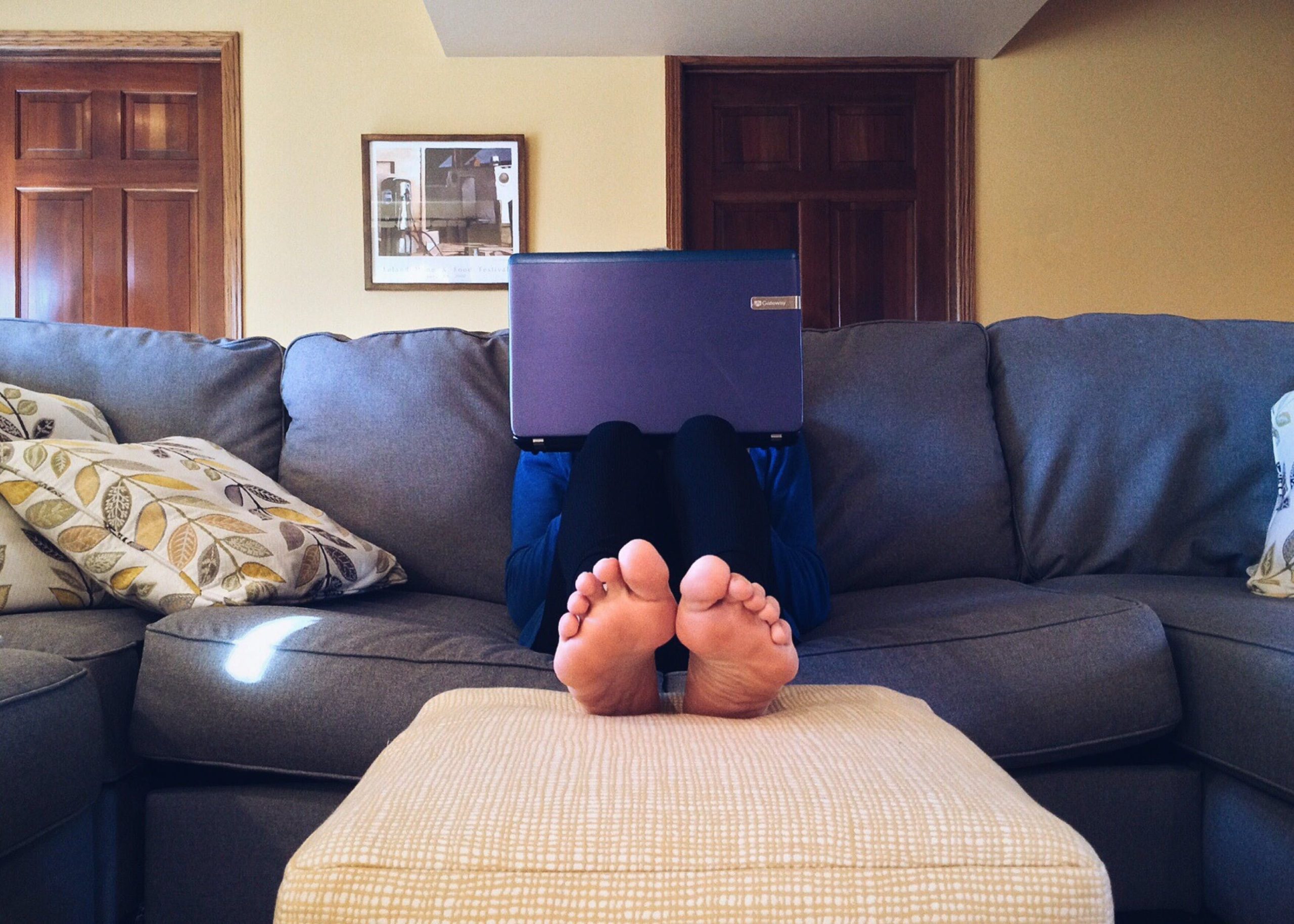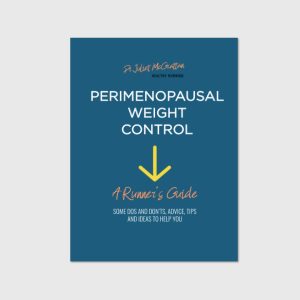Next time your Garmin beeps at you to move, don’t ignore it! Yes, it’s frustrating, especially when you’ve just done your long run but there’s a reason why it’s still telling you to get up. It’s easy to assume that if you’ve done your morning run then it doesn’t matter if you sit down for the rest of the day. Exercise is ticked off and now you can get on with everything else. Well, no, not quite! That exercise will help to make you healthier, there’s no doubt about that. But, it’s crucial to know that being sedentary for the rest of the day will have a negative effect on your health. Your exercise won’t cancel out your sedentary time. There are health risks with being sedentary that are independent of how much exercise you do. These risks are also not just for people who are obese or overweight, they apply to everyone.
Why is sitting so bad?
I enjoy a good sit down as much as the next person. Sometimes a good chill out is just what you need. However, we know that prolonged sitting negatively affects our body in a number of ways:
- Our body switches into storage mode. After about twenty minutes of sitting, our metabolism changes and some of our fat burning enzymes turn off. We begin to store fat, particularly visceral fat. Visceral fat is the harmful fat around our internal organs which causes inflammation in the body and raises our risk of many long term health conditions such as type 2 diabetes.
- Inflammation increases in our body. Mitochondria are our internal batteries. Some cells such as muscle cells are packed with mitochondria. They are constantly producing energy for us to use. If we don’t use it then cells become damaged and die early. Early cell death causes inflammation which we know will cause or speed up conditions such as heart disease, cancer, dementia and depression.
- We under use our muscles. Using our muscles is vital for good health. When they aren’t used, the nerve pathways that activate them become slowed or inactive. Muscle mass decreases (sarcopenia) and we lose strength. Using muscles releases myokines which have an anti-inflammatory effect in the body and help to prevent those major conditions just mentioned. Without movement we can’t benefit from myokines and our future health suffers as a result.
- Our bone health suffers. Bones need to be stressed to strengthen themselves. They need some kind of impact or stimulation to encourage bone cells to make more bone. We naturally lose bone mass as we age and can become at risk of osteoporosis where bones are weak and fracture easily. Sitting down and being non-weight bearing doesn’t activate bone formation in any way.
How much sitting is safe?
Adults (of working age) in England sit for an average of 9.5 hours a day! That time increases as they get older up to an average of 11 hours a day for those over 75. It’s easy to see how that happens, you go from sitting in your car to sitting at a desk, sitting for your coffee and lunch breaks, back into the car and then home to sit on the sofa for the evening.
It’s not known how much sitting time is too much and what ‘safe’ levels might be. The best advice is just to try to reduce the time you spend sitting and to break up any sedentary time by getting up and walking around for a few minutes about every half an hour.
Who has the most to gain from reducing sedentary time?
Everyone could be more healthy by spending less time sitting down. If you have a very active job you don’t have to worry about this so much. If however you’re desk-based at work and spend long hours at your computer then take action. People with an increased risk of type 2 diabetes, either through family history or being overweight should see sitting less as an important part of preventing the condition.
We naturally tend to get less active as we get older. When women are around the age of menopause they can find their body shape changing with a propensity to gain visceral fat and fat around their middle. Reducing sedentary time will help to counteract this. Sometimes your activity levels change so subtly that you don’t really notice. It can help to think about your daily life ten years ago and how that compares to now. Consciously making a decision to sit less every day can help to reduce the body composition changes and also reduce the rising risk of type 2 diabetes. (Download my free ‘Runner’s Guide to Perimenopausal Weight Control here)
Reducing your sitting time
You may just know that you need to sit less but if you want to improve on that it’s helpful to see where you’re currently at. Think through your average day and see how many hours you sit for. Include both weekdays and weekends. You might be someone who is very active at the weekend or even more sedentary! Once you start to notice your sitting time you’ll become aware how easy it is to reduce it.
What do you do sitting down that you could do standing up?
This isn’t rocket science. This is about very small changes that you can make that will have a huge influence on your future health. Standing for ten minutes a day while you answer your emails might not sound like very much but 10 minutes a day for a year is 3650 minutes and over 20 years that’s 73,000 minutes or 1217 hours. That will go a long way to making you healthier.
Next week I’ll be sharing some simple things you can do to reduce your sitting time. In the meantime, assess your day and come up with your own ideas for minimising your sedentary behaviour and know that you are improving your future by doing so.
If you’re a runner in peri or post menopause then sign up for my newsletter below. You’ll get weekly tips and advice to help you keep enjoying your running and build a healthy future.
Featured image by Pixabay








2 Comments